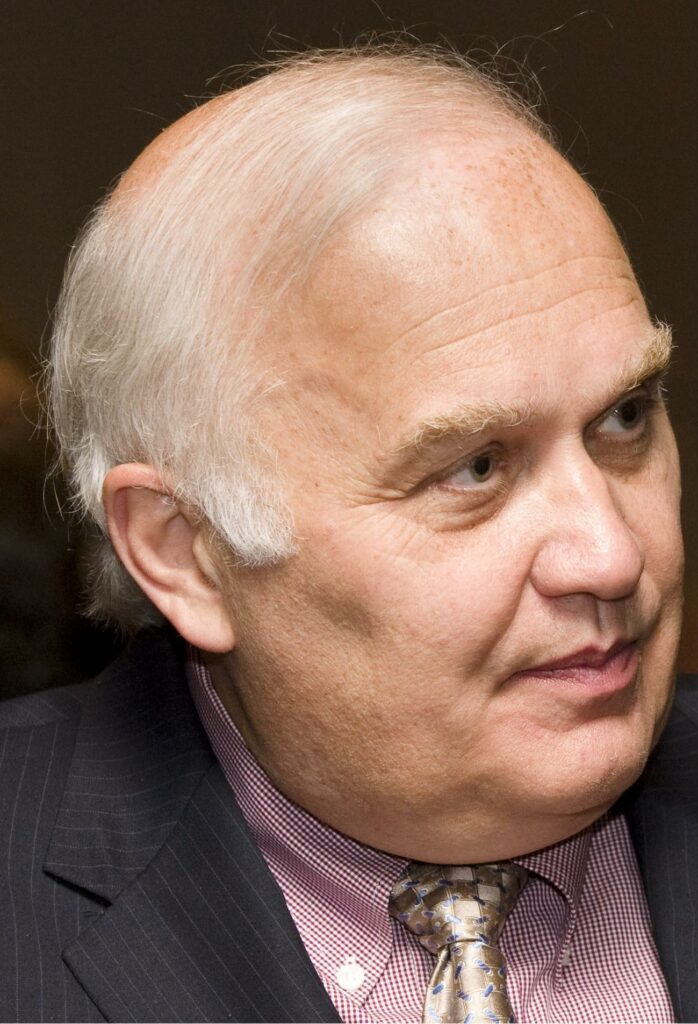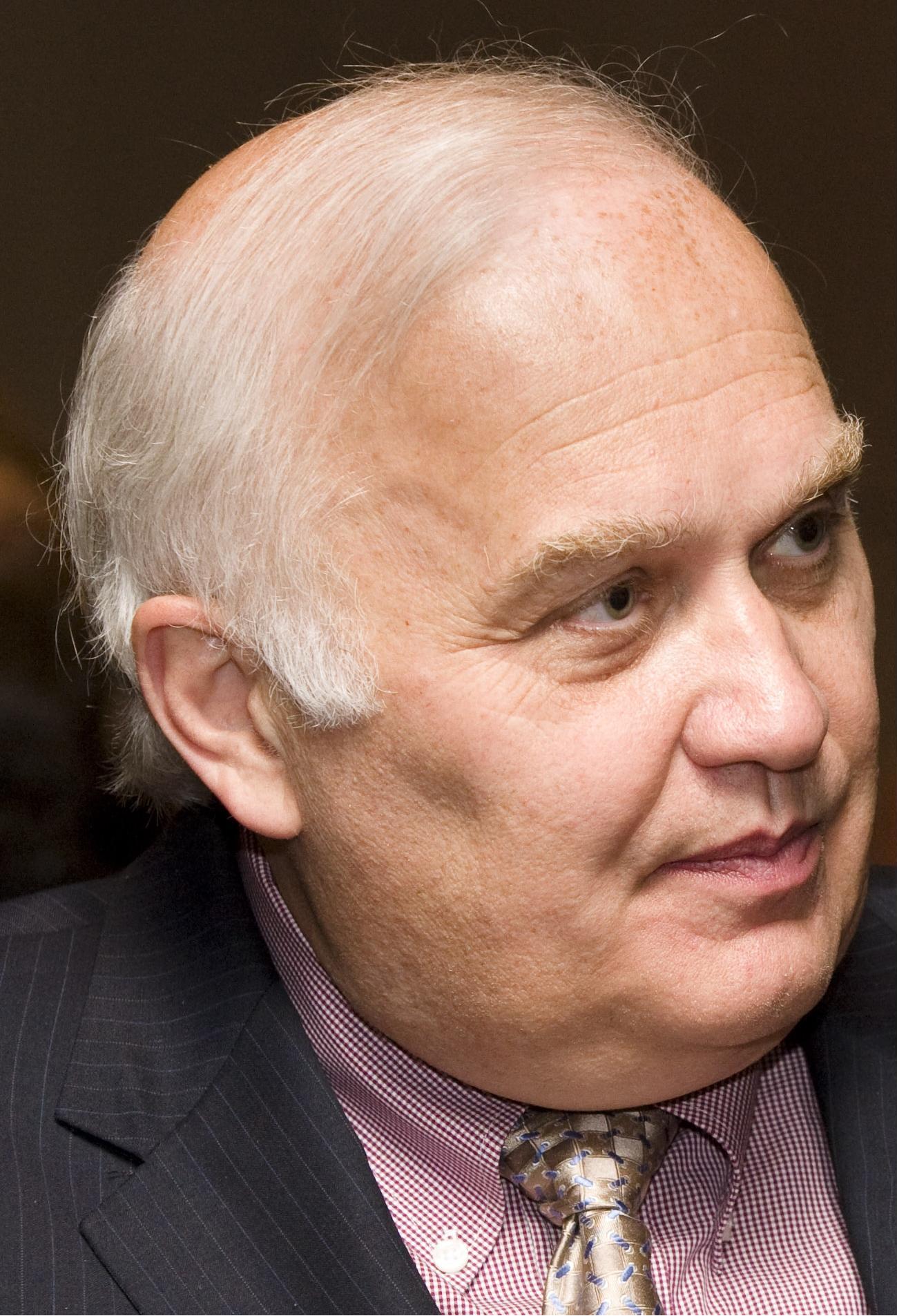Leeham News and Analysis
There's more to real news than a news release.
Leeham News and Analysis
- Boeing ponders 16/mo production rate for 787
- At long last, Boeing appears near certification and EIS for 777X
- Air India Flight 171 Preliminary Crash Report Is Unclear Regarding Pilot Actions
- Bjorn’s Corner: Air Transport’s route to 2050. Part 30.
- It’s official: MTU’s engine leader named CEO of Airbus Commercial from Jan. 1; future of Open Fan and A220-500 shifts to him
Pontifications: The soup du jour
March 14, 2022, © Leeham News: You might call it the soup du jour.
EcoAviation is all over the place at aviation conferences these days. It was a key topic at last October’s Annual General Meeting of the International Air Transport Association (IATA). Likewise at last month’s annual conference of the Pacific Northwest Aerospace Alliance (PNAA). EcoAviation also was an element of the Speed News conference in Los Angeles early this month and at another event the following week. Investor Day events now routinely include ecoAviation discussion.
This is all well and good, but at last, some key members of the industry are putting caution and realism to the pie-in-the-sky stuff that is sucking up investment like the Dot Com era a few decades ago. Only a few ideas and technologies will be successful.
Posted on March 14, 2022 by Scott Hamilton
Airbus readies hydrogen-powered demo flights
Update, Feb. 21: Airbus announced today a press conference tomorrow in Toulouse.
By Scott Hamilton
Feb. 8, 2022, (c) Leeham News: Airbus plans to fly a hydrogen-fueled ZEROe demonstrator soon, with an announcement coming as early as this month.
Airbus’ drive to reduce emissions appears prioritized toward developing an H2-fueled airplane. While all it’s A-Series aircraft will be 100% compatible with Sustainable Aviation Fuel (SAF) by 2030—they’re 50% compatible today—hydrogen is at the forefront of its research and development. Officials want to have an H2-powered airplane ready for service by 2035. This aircraft will almost certainly be a turboprop.
Amanda Simpson, vice president for research and technology of Airbus, said the company must have a demonstration project proving the feasibility of an H2-fueled airplane before full development can proceed. She told the audience at the annual conference of the Pacific Northwest Aerospace Alliance yesterday that an announcement could come within two weeks. In sideline remarks, she declined to say what type of aircraft will be used for the demo project.
Posted on February 8, 2022 by Scott Hamilton
Boeing helps some suppliers, but squeezes others
By Scott Hamilton
Feb 19, 2020, © Leeham News: Boeing says it is helping some suppliers with liquidity while the 737 MAX is grounded.
Other suppliers complain that Boeing is dunning them for alleged bad workmanship, squeezing cash. Still others say Boeing proposes not paying them for MAX parts until every regulator in the world recertifies the airplane. There are some 80 regulators who have to approve restoring the MAX to service.
And one Tier 1 supplier, Leonardo, sued Boeing Dec. 23 for withholding $20m in payments for 767 slats. Boeing alleges faulty workmanship. ![]() Leonardo says Boeing won’t provide documentation of this claim.
Leonardo says Boeing won’t provide documentation of this claim.
(US District Court for Western Washington, 2:19-cv-02082-JLR.)
Boeing’s tactic of withholding payments for claims against future invoicing was echoed by some of the suppliers attending the annual conference of Pacific Northwest Aerospace Alliance Feb. 4-6. Some complained Boeing is using them for its “bank.” It’s a complaint of long-standing even if for different reasons.
Posted on February 19, 2020 by Scott Hamilton
Pontifications: In chaos there is opportunity for Boeing during MAX grounding
Feb. 17, 2020, © Leeham News: Boeing executives said that while the 737 MAX production is suspended, efficiencies are being implemented on the assembly lines.
At a Cowen & Co. conference last week, EVP and CFO Greg Smith outlined some of the efficiencies that are being put in place.
But another area that could be improved, not addressed by Smith, while the lines are shut down is supply chain tracking. This has huge ramifications for cost savings and streamlining. It’s part of the business plan for the next new airplane, whatever this is.
This process is called ERP, or Enterprise Resource Planning. Boeing is transitioning to a more advanced method, called SAP, or Systems Applications Projects.
Boeing Australia and Boeing Global Services have made the transition. But Boeing Commercial Airplanes’ transition is stalled due to middle management inertia, said several people who attended the Pacific Northwest Aerospace Alliance annual conference Feb. 4-6.
Boeing should use the production halt and slow ramp up to implement SAP, they said.
Posted on February 17, 2020 by Scott Hamilton
Pontifications: A few rays of sunshine emerge in MAX crisis
Feb. 10, 2020, © Leeham News: The was plenty of angst among suppliers last week at the annual Pacific Northwest Aerospace Alliance conference.
Worries about the production shutdown, its duration and lack of communication from Boeing prevailed.
But there were in fact rays of sunshine beginning to break through the dark clouds of the last year.
Some suppliers—not many—reported that they’ve been told to begin shipping parts and components as early as March 1.
This gives hope that production will resume in April.
To be sure, the good news is mixed with a lot of bad news for suppliers. Some laid off workers and more layoffs are yet to come.
Posted on February 10, 2020 by Scott Hamilton
Boeing will proceed with NMA. Or FSA. Take a poll
By Scott Hamilton
Feb. 6, 2020, © Leeham News: Boeing will decide to proceed with the launch of the New Midmarket Aircraft (NMA).
Or it won’t and instead launch a single-aisle replacement for the 737 MAX that essentially  reinvents the long-gone 757.
reinvents the long-gone 757.
These are the two popular options discussed yesterday at the annual conference of the Pacific Northwest Aerospace Alliance in Lynnwood (WA).
Aerospace analyst Ken Herbert of Canaccord Genuity believes Boeing will launch the NMA.
Analyst Rob Epstein of Bank of America Merrill Lynch believes Boeing will go with the Future Small Airplane (FSA), a fresh design that is similar in size to the 757-200 and 757-300.
Consultants Kevin Michaels of Aerodynamic Advisory and Michel Merluzeau of AIR voted for the NMA. Consultant Richard Aboulafia of The Teal Group voted for the FSA.
Posted on February 6, 2020 by Scott Hamilton
Consultant to Boeing: cut dividends, invest in new airplane
By Scott Hamilton
Feb. 5, 2020, © Leeham News: Boeing is headed for a 30% market share unless it invests in a new airplane, and soon.
This is what aviation consultant Richard Aboulafia of The Teal Group predicted today at the annual conference of the Pacific Northwest Aerospace Alliance in Lynnwood (WA).
Aboulafia, who has been following Boeing for 30 years, implored the new CEO, David Calhoun, to redirect billions of dollars in shareholder dividends toward research and development instead.
Calhoun recently suspended 2 ½ year focus on the New Midmarket Aircraft to conduct a clean-sheet review of the next new airplane.
This has been widely interpreted as a move to kill the NMA. In reality, LNA understands, this is more about reassessing the market and what the airplane should ultimately be.
Posted on February 5, 2020 by Scott Hamilton
“Who’s going to fail?”
By Scott Hamilton
Feb. 5, 2020, © Leeham News: “Who’s going to fail?”
This is a key question on the sidelines of the annual Pacific Northwest Aerospace Alliance conference in Lynnwood (WA).
The question, of course, related to the small- and medium-sized suppliers caught up in the grounding of the Boeing 737 MAX.
Posted on February 5, 2020 by Scott Hamilton
Boeing 737 production rate boost to 57/mo delayed by four years
- Plan called for 737 rate to go to 57/mo YE 2019.
- This rate won’t be achieved until 2023.
- Rate reduction considered for 777.
By Scott Hamilton
Feb. 5, 2020, © Leeham News, Lynnwood (WA): Suppliers attending the annual conference of the Pacific Northwest Aerospace Alliance say they gained some clarity from Boeing last week about future production plans for the 737 MAX.
But they still face a multi-year challenge that puts strain on everyone.
Boeing’s plans to return to the pre-grounding production rate of 52/mo will take until 2022. Plans to boost the rate won’t be fulfilled until 2023—four years later than planned.
Posted on February 5, 2020 by Scott Hamilton
Pontifications: A new setback for Boeing
Nov. 18, 2019, © Leeham News: Boeing suffered another setback last week, and this time it’s unrelated to the 737 MAX.
Boeing abandoned a robotic riveting/fastener system awkwardly called Fuselage Automatic Upright Build, or FAUB, intended to speed production.
Bloomberg first reported the abandonment. The Seattle Times has an extensive story detailing the history and objectives.
Doing these processes manually is incredibly labor intensive. FAUB, when it works, dramatically cuts the time, improves the accuracy and reduces injuries.
FAUB is but one element of a production transformation Boeing has been doing for years under the code name Black Diamond.
Converging technologies in NMA
Various automated and digital processes technologies have been in place on various 7-Series programs for years. FAUB, as The Seattle Times reported, was added to the 777 Classic line ab0ut six years ago. Part of the mission was to de-risk FAUB for application to the 777X.
Then, FAUB and the other processes were to converge for the first time on one Boeing Commercial Airplanes program with the New Midmarket Airplane, or NMA.
Boeing CEO Dennis Muilenburg said on several earnings calls that the NMA was as much about production as it was about a new airplane program (or words to this effect).
But Boeing couldn’t make FAUB work.
Why not?
This is a good question and one for which there isn’t a clear answer.
It works elsewhere
FAUB, or a system very similar, is used by Airbus and other aerospace companies. It works for them, says Jessica Kinman, a senior manager for Dassault Systemes.
Kinman spoke Friday at a seminar sponsored by the Pacific Northwest Aerospace Alliance (PNAA) at North Seattle College about advanced manufacturing and other transformative production processes. This was just two days after the Boeing FAUB news broke.
Among the processes illustrated: robotics working on an upright fuselage. In other words, FAUB—although this was not identified as Boeing’s FAUB.
With the NMA business plan relying in part on Black Diamond processes, of which FAUB is an element, losing FAUB isn’t going to help an already-struggling business case.
But, then, NMA is on hold at Boeing until the MAX returns to service and cash flow resumes. So, from this perspective, losing FAUB at this time isn’t especially critical.
Longer term
But longer term, Boeing needs to understand why it couldn’t make FAUB work whereas Airbus and others can.
It’s all part of the digital factory Dassault and its competitors consult on as aerospace (and other industries) transform in the future.
I’ll have more about this in a subsequent post.
Posted on November 18, 2019 by Scott Hamilton





